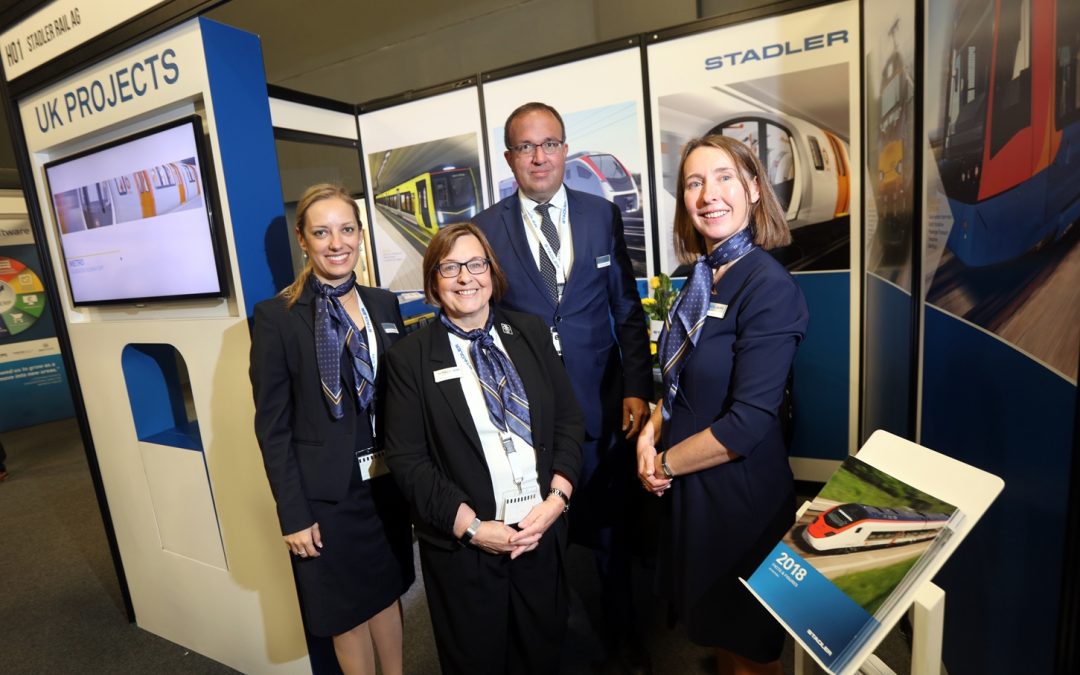Nexus, the public body which owns and manages the Tyne and Wear Metro, has today announced the three firms that remain in the running to design, build and maintain its new train fleet.
The three firms will be invited to make best and final offers this summer after Nexus completed its evaluation of initial tenders submitted by each firm.
Nexus has secured Government grant funding of £337m towards the projected £362m cost of designing and building a new Metro train fleet and a new train maintenance depot.
The three remaining bidders are:
- CAF
- Hitachi Rail Ltd
- Stadler
The winning bid will be announced in January 2020.
Nexus expects to see the first new trains arriving in late 2021, from which point the phased withdrawal of its existing Metro fleet will begin.
Managing Director of Nexus, Tobyn Hughes, said: “This is another hugely important step towards delivering a new fleet of trains for the Tyne and Wear Metro.
“We are down to the final three bidders. Each firm has a proven track record of building trains for railway systems throughout the world.
“We have carefully evaluated the bids and will now begin the final stage of the process where bids will be refined. Bidders will then come back with best and final offers and we will sit down and pick a preferred bidder.
“The winner will then start the task of designing and building 42 new trains, which will transform the passenger experience of the Metro system.”
The successful bidder will design, build and maintain a fleet and maintenance facilities that will serve Metro for 35 years which will see a new depot constructed at the existing site in Gosforth, Newcastle.
A detailed specification takes account of consultation with more than 3,000 Metro passengers in 2016 and 2017, followed by market engagement with train builders to refine the plans.
The shortlisted bidders are challenged to design trains which will operate efficiently and robustly, supplying a step change in Metro availability and performance, with a bright modern appearance.
Nexus wants to see trains which improve passenger flow and dwell times at stations through improved seating layouts, wider doors and stand-back areas, wide aisles, and a layout to encourage flow of passengers through the vehicle.
This is also aimed at improving passengers’ sense of security, accessibility for all, and providing space for large items and luggage.
There will be improved digital connectivity for passengers and air conditioning.
The successful bidder will also be responsible for maintaining the current fleet of trains to ensure there is a smooth transition between the old and new fleet between 2022 and 2024.

